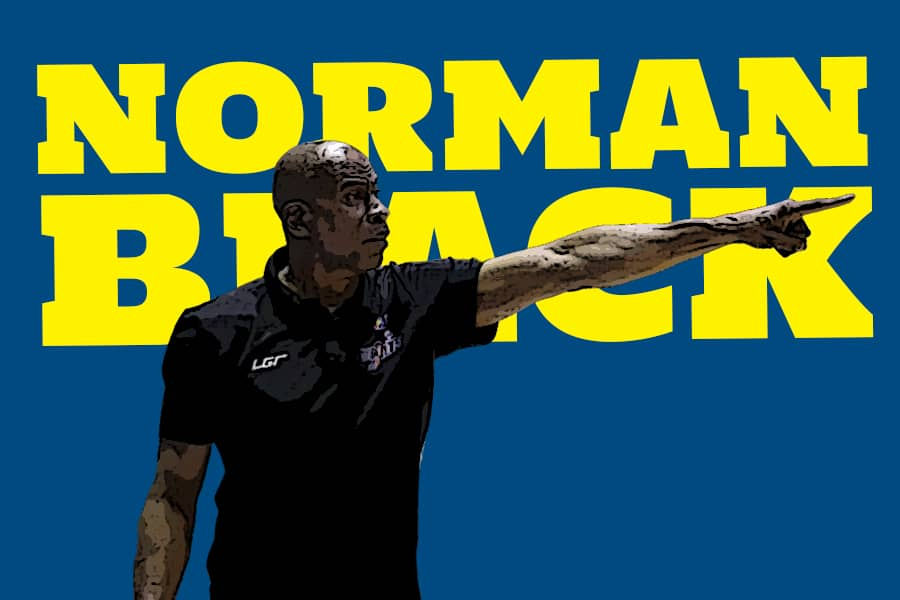THOUGHTS | THE ARANETA DRAMA
- Syd Salazar
- Mar 11
- 2 min read

Of all the challenges facing the PBA, losing the Araneta Coliseum might hurt the most.
Here's why.
When I saw the Spin.ph article about how the PBA is scrambling to win back Araneta stakeholders, it became clear how critical this venue is. The reasoning is simple: Araneta is in the heart of the metro. While the SM Mall of Asia Arena is a solid venue for PBA games, it's hard to say if the feeling is mutual for them. Honestly, I blame the current era of the PBA for this predicament.
Let’s put it this way. If farm teams didn't exist in the PBA, the league’s current situation might be even worse. Right now, only six teams have a reputable fan base: league pioneer San Miguel, SMC’s Ginebra and Magnolia, MVP’s TNT and Meralco, and the independent squad Rain or Shine. Among these, the Bolts and Elasto Painters have the fewest championships, with one and two titles respectively. The rest of the league hasn't won any championships yet, though Converge and possibly Starhorse might change that narrative in the future.
Technically, Araneta Coliseum is listed as the PBA’s home. But in reality, most games are now played in MOA Arena, Ninoy Aquino Stadium, Ynares Center, Rizal Memorial Coliseum, and PhilSports Arena.
FilOil EcoOil Centre?
Yeah, but it's also the home of the NCAA games, just like how the MOA Arena is home to most UAAP basketball battles.
What makes Araneta stand out is accessibility. It’s the only arena directly connected to a mall, offers plenty of taxi options, and most importantly, is adjacent to an MRT station. That MRT station is a game-changer. Imagine commuting to Manila for a Terrafirma vs. Phoenix game—even with your own ride, it’s a hassle, let alone for commuters.
Even in the MPBL, Metro Manila cities struggle with low attendance. Most of the league’s top teams—except for the San Juan Knights, who also use the FilOil Arena—are based outside the National Capital Region. Plus, people in the city often have other things to do than attend games late at night.
Overloading Manila venues also means the local crowd feels less urgency to check out games, even for the top PBA teams. Instead of fighting to catch a game live, fans are more likely to consider other plans. Unlike the era from 1975 to the early 2000s, Filipinos now have more entertainment options.
There was a time when the prime lot at EDSA corner Quezon Avenue was rumored to be the PBA’s next home. That Centris spot could have rivaled Araneta as a key venue.
Meanwhile, the MPBL thrives because cities support their teams. The PBA doesn’t have that same luxury, which is why they need Araneta more than Araneta needs them.
If the PBA wants to standardize its venues, it might be time to collaborate with city governments. They could establish a consistent schedule—like exclusive games at PhilSports on Wednesdays, Ninoy Aquino Stadium on Thursdays, and other designated spots for Fridays and weekends. Instead of Saturday out-of-town games, they could consider nearby provinces on Fridays.
Consistency and accessibility are key. Without Araneta, the PBA risks losing not just a venue but its connection to the fans.






Comments